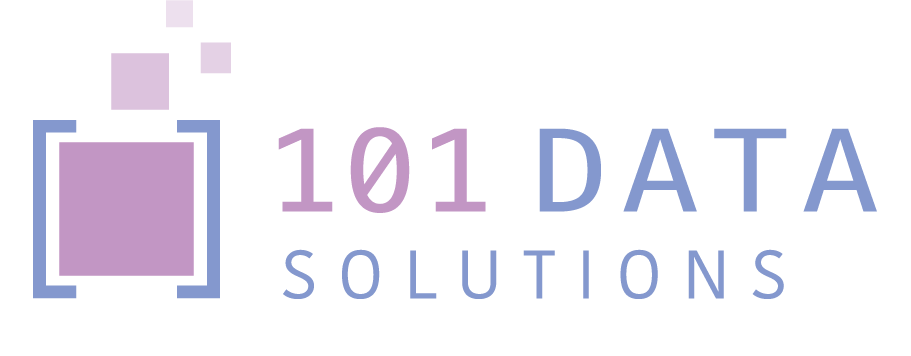In medical diagnostics, data-driven advancements are revolutionising how doctors identify and treat diseases. With the help of powerful graphical processing units (GPUs), medical imaging, and artificial intelligence (AI), medical diagnostics are more accurate than ever. Doctors can accurately diagnose diseases using these technologies, leading to more effective treatments. GPUs enable faster processing of medical data so that doctors can compare images quickly, and medical imaging provides detailed pictures of the body, enabling doctors to identify diseases more easily. Lastly, AI allows doctors to make more precise decisions, as AI algorithms can analyse data and detect patterns that may otherwise go unnoticed. Together, these technologies transform medical diagnostics, creating a data-driven revolution that saves lives.
What is data-driven medical diagnostics?
Data-driven medical diagnostics uses data collected from various sources to guide diagnostic tests and treatments. In addition, the collected data can be used for predictive analytics, allowing physicians to identify potential issues before they arise and make better decisions about treatment. Data-driven diagnostics is based on the concept that every person’s medical data is unique and that the data can be used to make more precise diagnoses. Data-driven medical diagnostics combines the strengths of different data types, such as medical imaging and genomic data, to generate more accurate results in real time. While a traditional medical diagnostic process involves one-time tests, data-driven medical diagnostics uses various methods to collect data continuously. As new data is collected and analysed, it can change how an ongoing treatment is managed.
The benefits of data-driven medical diagnostics
Graphic processing units (GPUs) are specialised computer chips that can quickly process large amounts of data. GPUs can be coupled with other technology, such as medical imaging, to enhance the data-driven diagnostic process. Medical data, such as an image or an audio sample, is fed into a computer that uses GPUs to perform computations on the data. This allows for real-time data processing, creating a continuous diagnostic process. Data that GPUs process can be transmitted to medical devices and sensors quickly, which can improve patient care and outcomes. GPUs can also be used to train AI algorithms and analyse large datasets, improving the accuracy of medical diagnostic systems.
Medical images, such as MRIs, X-rays, CT scans, and ultrasounds, are frequently used in medical diagnostics. These images provide a detailed look into the organs and tissues of the body. Traditionally, these images are viewed by a human, who interprets the image and makes a diagnosis. With the help of GPUs, these medical images can be processed quickly, allowing the computer to diagnose. These clever tools can identify the location and type of diseases, such as cancers, in the body.
In terms of artificial intelligence (AI), this is used to improve the accuracy of medical diagnostic systems by analysing large datasets. For example, data collected from patients can be used to train AI algorithms, allowing AI to identify patterns in the data that may otherwise go unnoticed by humans. AI can be used to identify disease patterns in the data and determine appropriate treatment plans based on the data collected.
Here at 101 Data Solutions, we are increasingly speaking to clients in the medical field and other industries about analysing large datasets because, in addition to saving lives, data-driven decision-making also provides a competitive advantage. More than ever, companies in the public and private sectors need to look at their data in more depth to garner specific, actionable insights. This is especially true for industries that are heavily regulated, like healthcare, where data is critical to decision-making, and a single misinterpreted piece of information can cost lives. That’s why many companies are turning to data science to help analyse their large datasets. For more information on how our data tools can help your organisation thrive, contact one of our team today, we’d be happy to help.
About Brett Edgecombe, Managing Director, 101 Data Solutions
Even as a child living in Canada, Brett always had an interest in technology, so starting his career within the technology industry was a natural progression in 1998 when it began at the UK’s first ISP, Compuserve Interactive Services in Bristol.
He has first-hand experience in modern Enterprise Storage Infrastructure solutions, having worked at Sun Microsystems in 2000, where he worked with large commercial and education customers across the UK.
Brett created 101 Data Solutions in 2008 with a focus on Data Storage centric delivered through high-quality technology solutions direct to businesses throughout the UK. His strategic vision and sector knowledge allows him to bring excellence to 101’s customers through experience, technical foresight and relationship building.



